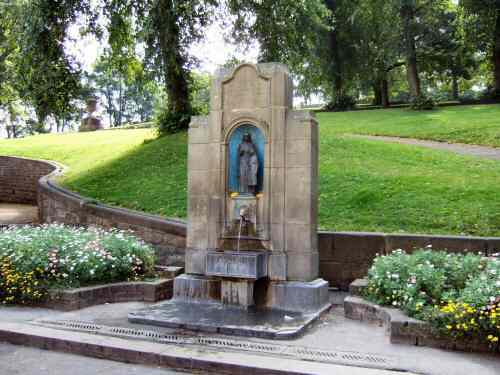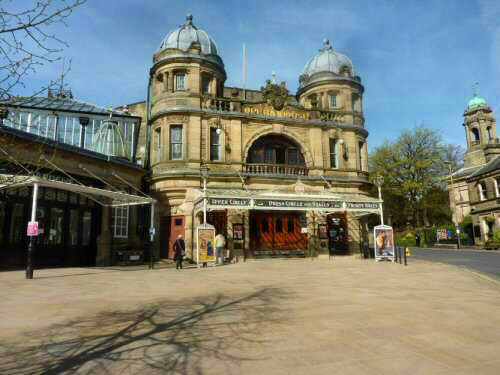BUXTON PAVILION GARDENS
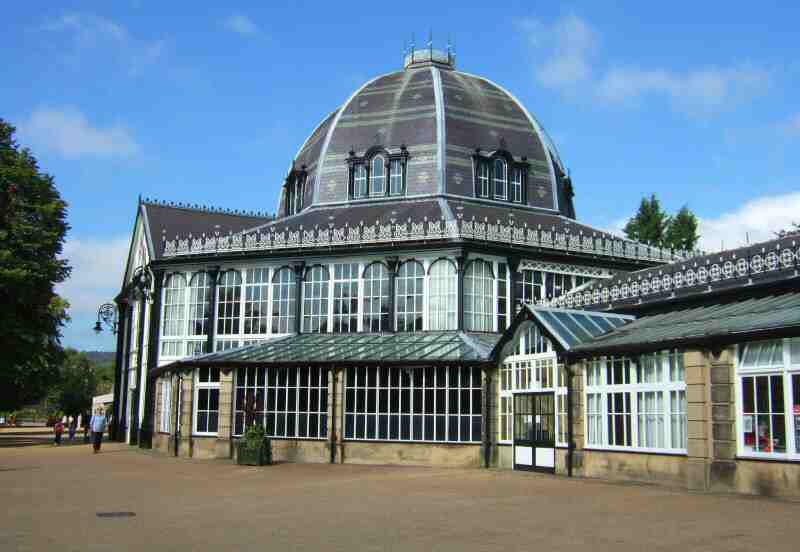
PLAN YOUR VISIT TO BUXTON PAVILION GARDENS
INFORMATION
Location: Buxton Pavilion Gardens are located in the centre of the town. The A6 from Matlock/Chapel-en-le-Frith passes through Buxton (SK060735)
Visit: Visit the Pavilion Gardens, a Grade II listed park covering 23 acres of superbly landscaped gardens in the centre of Buxton.
Refreshments: The Pavilion Gardens provides a wide range of food outlets. Cafes, pubs and restaurants are available in the town to suit all tastes.
Buxton: Visitors arriving in Buxton for the first time from the bleak moorlands cannot be blamed for pinching themselves in disbelief as they emerge into a town with fine parks and grand old buildings. At well over 1,000 feet above sea level, Buxton is the highest town in England for its size. The marketplace is in Higher Buxton, the older part of the town that rests on a small limestone plateau. Lower Buxton, the newer part, nestles in a river valley. The river, the Wye, does the disappearing trick, being culverted under the town centre before emerging on the far side. Buxton is a northern town at the southern end of the Pennine Chain. But county boundaries place it in the Midlands.
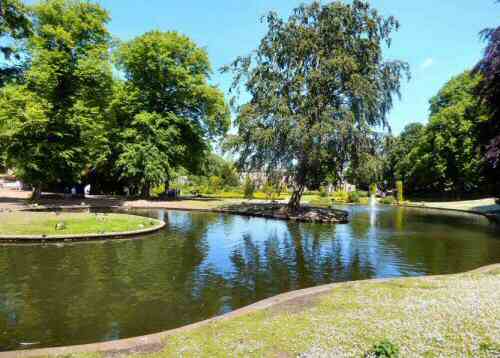
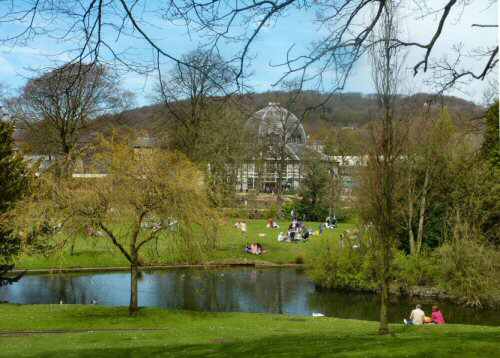
BUXTON PAVILION GARDENS
Buxton Pavilion Gardens is a Grade II listed park covering 23 acres of magnificent landscaped gardens and play areas in the centre of the town. Edward Milner designed and laid out the park on land given to the town in the 1870s. A few years later, the grounds included a boating lake, a skating rink and tennis courts.
The park is suitable for all ages, whether it is a gentle, relaxing stroll you want or family entertainment. Approximately one million people visit annually to enjoy the park and its beautiful surroundings or to attend one of its over 100 events and festivals. The natural landscape includes flowers, shrubbery, trees, streams, and a lake. There are two play areas, a miniature train, and a bandstand, and there is plenty of room to play sports, relax, and enjoy a picnic. A wide selection of food and drink is available.
From the Pavilion Gardens, the Conservatory, housing native and tropical plants, leads the way to the Opera House. It was designed by Frank Matcham in a grand Edwardian style and completed in 1905. Just over twenty years later, it became a cinema. Following a period when it had fallen into disuse, it was restored. In 1979, it re-opened as an opera house. In the same year, the Buxton International Festival of Music and Arts was born, and it has developed into one of this country’s largest opera-based festivals.
